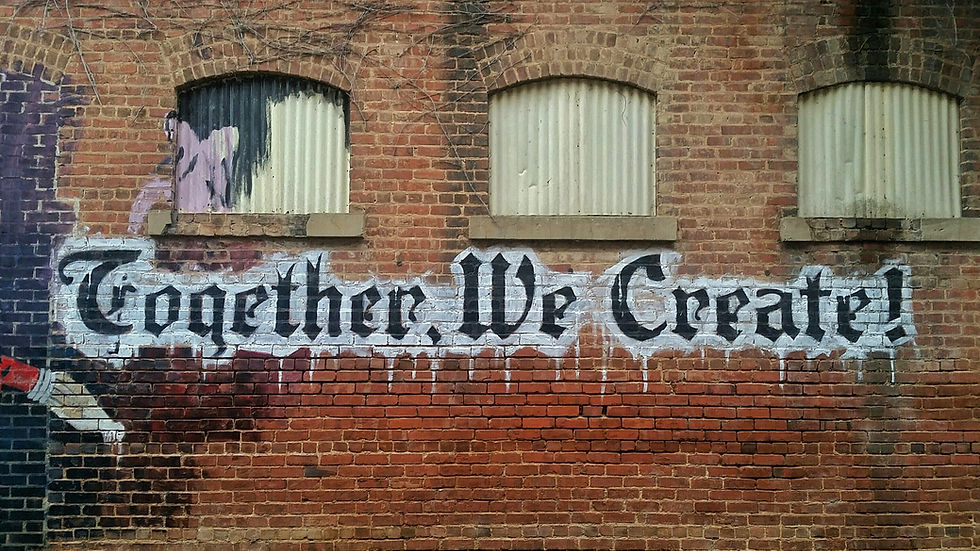Paris 2024 Lit Up the Sports World
- Kevin Shields
- Aug 15, 2024
- 4 min read
Updated: Oct 3, 2024

Image: Media from Wix
The Paris 2024 Olympics was quite a show! The variety of summer sports showcased a diversity of movement. These athletes demonstrated tremendous skill, speed, balance, rotating, spinning, sighting, reaction time, acceleration, tackling, jumping, throwing, running, and pausing. Each discipline has fundamental movements for successful execution, achieved through practice and competition. I find what the gymnasts and divers at the Olympics do nearly insane—so fast and so precise.
Physical literacy is a key topic in coach education (Physical Literacy Canada), and the gymnasts and divers have achieved a high mastery of the environment of “air.” For the rest of us, who don’t jump, spin and rotate in the air daily, we don’t develop those skills. And because we don’t explore these air movements and play with the multiple combinations of skills, staying mostly on the ground, we are in awe of the creativity and execution shown by these elite athletes.
Being able to move with speed and precision and link moves into complex routines is the goal of some sports. These “high-degree-of-difficulty” sports embrace concepts like physical literacy and its necessity for developing skilled sport-specific moves. However, I speculate that divers spend so much time in the air that their physical literacy on the ground may not be that good. Further, their catching, throwing and striking skills may also be lacking. The current context of sport, with skill specialization combined with a decrease in unstructured play, is actually limiting overall physical literacy skills. Should this be a concern for sport coaches? Yes, I think it is a serious issue, and I will share a story of how I saw this when I was coaching cross-country skiers.
Inventive Games, Physical Literacy, Sports Skills and Performance
I moved to a new city several years ago to coach at a renowned ski club. My start in coaching cross-country skiing was in Southern Ontario, where cross-country ski racing was not a popular sport. Therefore, I was excited to be coaching in a community with many good skiers. There were several new aspects to joining a large club—wider trails, lots of snow and people of various ages training for upcoming races. The ski community was very active. Kids learned to ski at a very young age, and many parents also skied.
One of my early observations was how frequently kids were skiing. With the long snow season and families frequently going out to ski, it seemed perfect for athletes to develop good skiing skills. Therefore, it surprised me that many athletes were uncomfortable on downhills and lacked downhill and cornering skills. The paradox of young skiers frequently out skiing and having poorly developed specific speed skills was revealed in one of the practices in my first season. In this practice, a young group of skiers I was coaching were playing a game of Nordic Handball. This Inventive Game (created by young skiers in Waterloo) is a modification to handball that combines freeze tag and handball—without goalies. At this practice, I invited two older athletes to join in the game. Surprisingly, the older athletes were unable to keep up. They could not turn quickly, stop, change direction, accelerate, avoid being tagged, tag, throw, or catch, as well as the younger athletes. What was revealed to me in this was their lack of physical literacy, as a result of missed opportunities to play and explore movement diversity on-and-off skis.
Video: Millennial Falcon Media
While playing Nordic Handball, I have seen athletes jump, spin, slide, dive, duck, and catch with one hand while jumping—on skis! Inventive games like this provide athletes with opportunities for speed development, balance, reaction, decision-making, communicating, thinking and creativity. Hidden within the play and the development of physical literacy are competing, fair play, social learning, self-pacing and aerobic capacity. And on the race course, these athletes continually utilize these skills and the confidence they have developed along with the play. I have seen athletes jump fallen competitors, make a pass through a small gap, spin and regain balance after being bumped, and hold the line on fast corners. Inventive games develop athletic skills and dynamic movement abilities, creating more adaptable, resilient and exciting athletes. Like the athletes that lit up Paris 2024.
Summary
Olympic athletes are amazing to watch. They are at an elite level of athletic training. In emulating their training systems with developmental athletes, we are missing critical development of physical literacy opportunities available through practices like inventive games. Like Nordic Handball, inventive games support athletes’ physical, social, emotional and creative development. When sports practices specialize too early, we limit the potential for future athletic performance and enjoyment.

Image: Unsplash
End
Resources
The First Lap Coaching:
Are you interested in athlete development that supports creative thinking and calculated risk-taking? Our programs integrate deliberate play, like inventive games, which enhance athletic skills, fitness, and enjoyment.
Ready to elevate your club’s programs and make a lasting impact on your athletes? Click HERE to contact Kevin today and ask for a free consultation.
Let’s work together to create engaging and effective programs that foster athlete growth and commitment and sustain participation.
All the best,
Kevin
Kevin Shields
Master of Coaching, University of Alberta
BEd, Nipissing University
BSc (Kinesiology), University of Waterloo







Comments